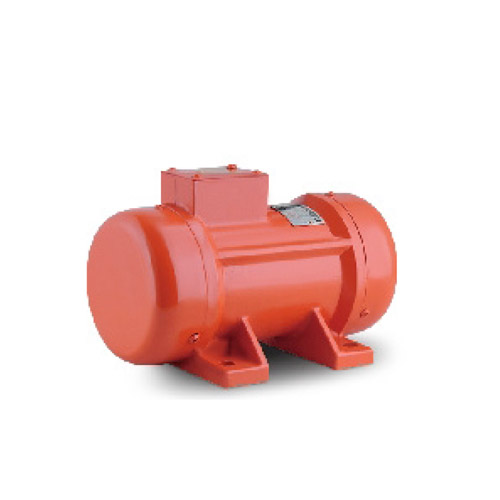Market Dynamics and Rising Demand
In recent years, the External Concrete Vibrator Motor has emerged as a pivotal component in modern construction workflows. As urbanization accelerates globally, contractors and equipment suppliers are experiencing heightened demand for efficient consolidation methods. The External Concrete Vibrator Motor, with its robust design and high-frequency vibration capabilities, ensures concrete homogeneity—finally improving strength and durability. Manufacturers report that procurement inquiries for the External Concrete Vibrator Motor have increased by over 25% year-on-year, reflecting the industry’s focus on quality control and project timelines. This surge solidifies the External Concrete Vibrator Motor’s position as an indispensable asset on job sites.
Technical Overview
An External Concrete Vibrator Motor typically consists of a high-speed electric motor coupled with an eccentric weight assembly. When activated, the motor drives the weight at frequencies between 7,000 and 13,000 vibrations per minute. This rapid motion is transmitted via a flexible shaft to the vibrator head, which agitates the concrete mixture. Unlike internal pokers, the External Concrete Vibrator Motor can be mounted outside formwork, reducing labor intensity and improving safety. Its compact footprint also allows for seamless integration into automated pouring systems, where the External Concrete Vibrator Motor operates continuously under regulated load conditions.
Usage in High-Rise Construction
High-rise buildings demand consistent, vibration-aided consolidation to minimize air pockets and segregation. The External Concrete Vibrator Motor excels in these environments by attaching directly to form panels. Teams can adjust amplitude and vibration frequency to match concrete slump and ambient conditions. This adaptability is critical in tall structures, where vertical formwork requires uniform compaction throughout its height. Contractors leveraging the External Concrete Vibrator Motor report a 15% reduction in void-related defects, result in fewer remedial tasks and accelerated pouring cycles. Moreover, the external mounting simplifies maintenance—should an External Concrete Vibrator Motor unit require service, it can be swapped out without disrupting the formwork.
Infrastructure and Civil Engineering
Bridges, tunnels, and retaining walls rely on high-performance consolidation to withstand dynamic loads and environmental stresses. Here, the External Concrete Vibrator Motor is invaluable. For bridge deck pours, multiple External Concrete Vibrator Motor units are strategically positioned along formwork rails to guarantee even vibration amplitude across wide spans. In tunnel linings, the external configuration allows motors to be attached to shotcrete molds, activating simultaneous vibration as the nozzle applies the concrete. Engineers have noted that the External Concrete Vibrator Motor reduces porosity by up to 20%, enhancing the long-term durability of critical civil structures.

Precast and Modular Construction
Precast factories emphasize speed and repeatability. The External Concrete Vibrator Motor integrates seamlessly into precast molds on automated production lines. Programmable logic controllers synchronize pouring, vibration, and demolding cycles, with the External Concrete Vibrator Motor running at optimized frequencies to achieve the desired surface finish. Quality managers highlight that parts produced with the External Concrete Vibrator Motor consistently meet tolerance specifications, reducing waste and reducing cycle times. This mechanized approach contrasts sharply with manual poking methods, showcasing how the External Concrete Vibrator Motor drives productivity in off-site construction.
Emerging Innovations
Innovation in External Concrete Vibrator Motor technology focuses on energy efficiency and intelligent controls. Next-generation units incorporate variable-frequency drives (VFDs), enabling dynamic adjustment of vibration parameters in real time. These smart External Concrete Vibrator Motor systems interface with site sensors to monitor concrete temperature and slump, automatically tuning performance for good compaction. Additionally, manufacturers are exploring brushless motor designs to reduce maintenance intervals and enhance lifespan. As these advanced External Concrete Vibrator Motor models reach the market, they promise to lower lifecycle costs and further streamline concrete operations.

 英语
英语 葡萄牙语
葡萄牙语 西班牙语
西班牙语 русский
русский






 Tel: + 86-576-86320988
Tel: + 86-576-86320988
 Fax: + 86-576-86333217
Fax: + 86-576-86333217
 E-mail:
E-mail:  Add: Dayangcheng Industrial Zone, daxi, wenling, zhejiang, china
Add: Dayangcheng Industrial Zone, daxi, wenling, zhejiang, china
